Parkinson’s disease symptoms can make meal prep challenging, and cooking can be exhausting. Because of tremors and balance issues, kitchen accidents are even more probable for people with PD. Here are a few tips for keeping safe in the kitchen.
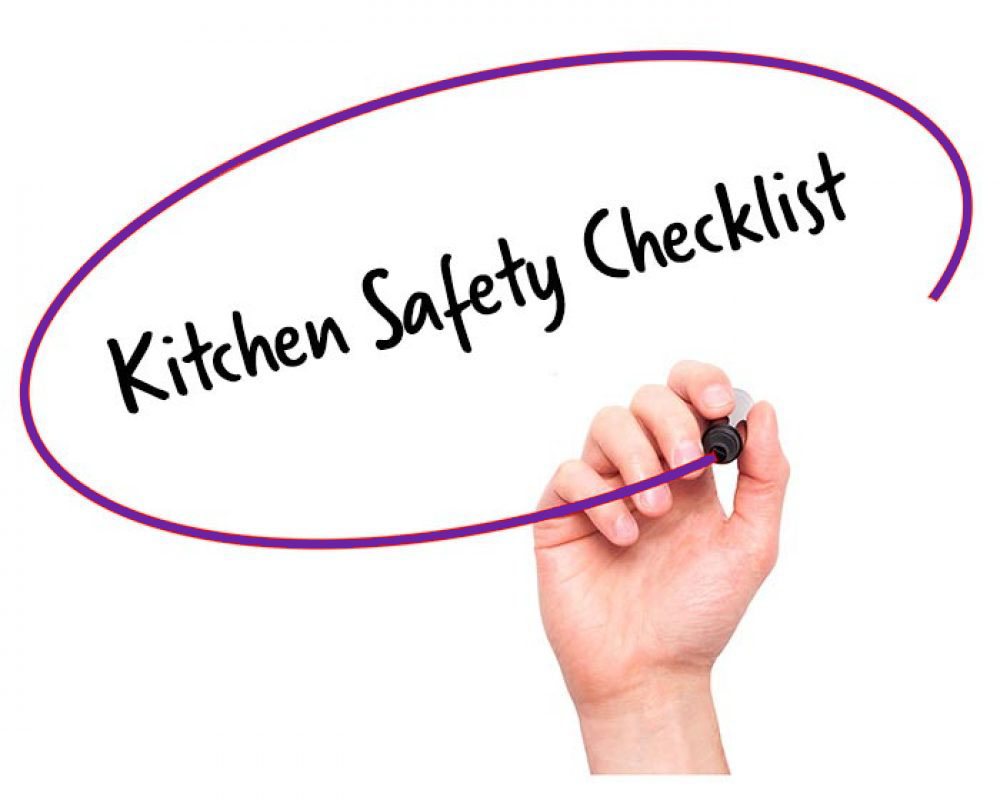
A few years back I broke my thumb hiking, which landed me in a hand therapy clinic. I was intrigued by the variety of people who were there for kitchen-related accidents. Knives were the common theme. I was told cutting a bagel was one of the top cutting accidents. Did you know that holding a bagel between your fingers and thumb while slicing it lengthwise is a big mistake? Please use a bagel slicer instead!
This collection of ideas comes from my occupational therapy friends, my clients with PD, and a few of my own suggestions. Regardless of whether you have Parkinson’s or not, accidents can happen in the kitchen.
-
- Take safety precautions and organize your kitchen so it’s as accessible as possible.
- Use cut-resistant gloves, especially if you are also on a blood thinner. Cut resistant gloves are relatively inexpensive (approximately $20 a pair).
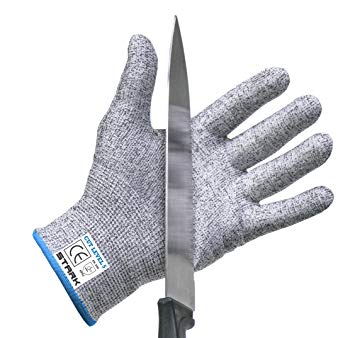
-
- You may want to use a hard plastic or metal knife guard when cutting. You can buy several varieties on line.
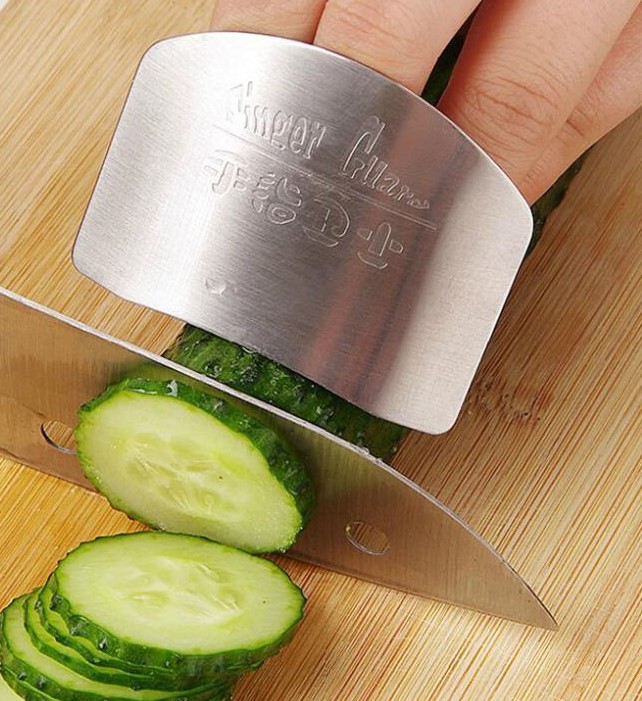
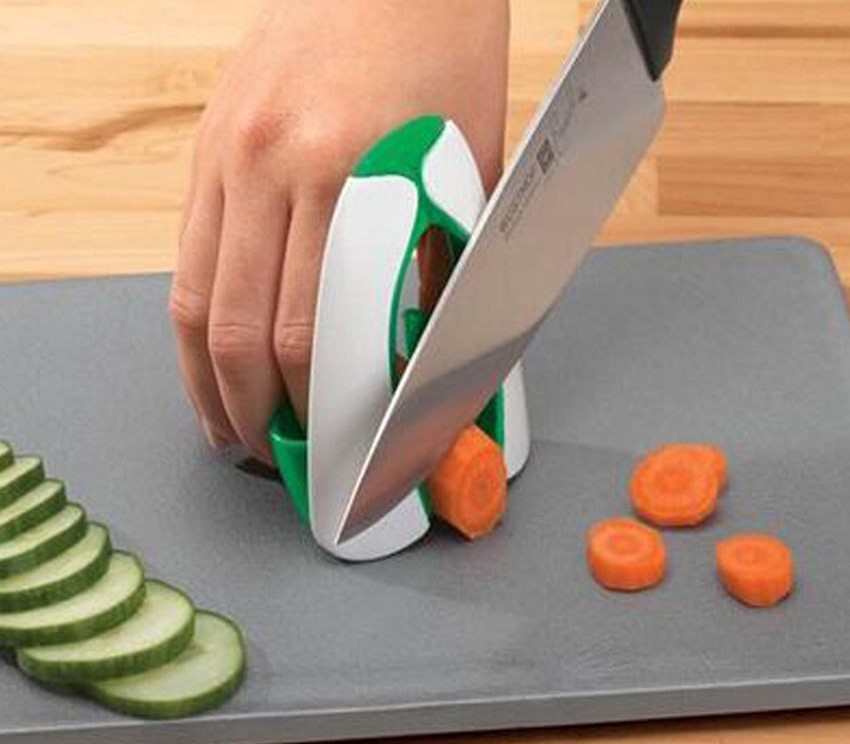
-
- Kitchen mandolins should only be used with a food pusher or safety guard. Seriously! I’ve sliced a knuckle badly with one of these. Be sure to invest in a good one.
- Keep the equipment you need to use often on an easy-to-reach shelf. Appliances and light-weight pans should be stored at waist height. This will help prevent falls by reaching too high, or bending over and getting light-headed. If you use a step stool, be sure that it is an extra-wide one with a handle.
- Keep knives in a block rather than in a drawer.
- Never cut anything toward your body. Always cut away from your body to avoid cutting yourself.
- It may sound simple, but opt for pre-sliced mushrooms/vegetables if you have problems slicing.
- Use the proper utensils for specific tasks. For example, don’t open a container with a knife.
- You can buy safety grips for your knife handles or just simply wrap a rubber band around the handle to make it easier to grip.
- Use a secure cutting board at a good height for cutting.
- Do not talk while you are cutting anything. Pay attention to your work.
- Never try to catch a falling knife. Pick up a knife by its handle, not by its blade.
- Never put a knife in a sink or under water where it is not visible. There is a high chance of getting cut. Clean and sanitize your knife after use, and place it in a visible place.
- If you break a glass in the sink or on the floor, use a broom or towel (not your bare hands) to clean it up.
- Use heat resistant covers for pan handles. I’m sure we all have burned our hands on a hot handle at least once.
- Avoid using throw rugs in the kitchen to minimize tripping. This also goes for our furry friends who love to catch dropped food under our feet. Unfortunately they create a trip hazard, so pets should not be in the kitchen.
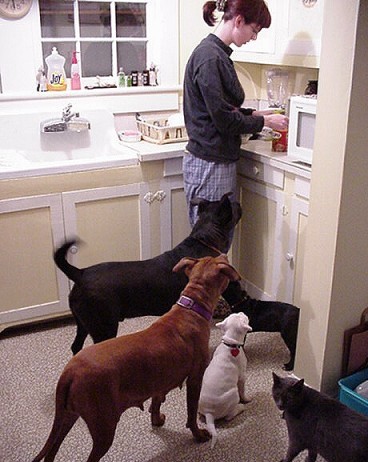
- Have a first aid kit and fire extinguisher (ABC Rated) nearby in case of an accident.
These may seem like common sense rules, but there are so many stories out there of people “cutting” corners and winding up in the emergency room. Be safe and enjoy your dinner.